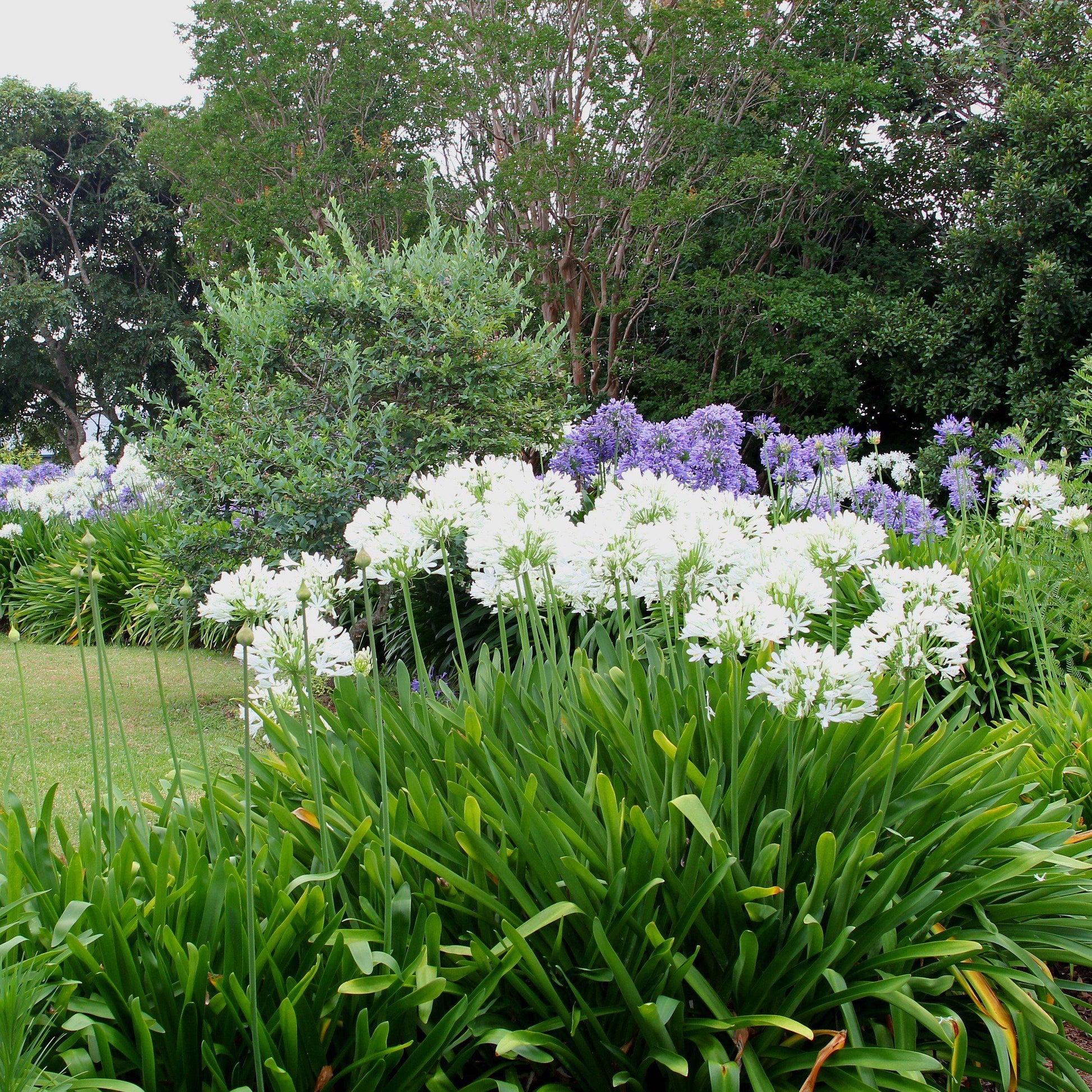Agapanthus Buddy Plant Kingdoms: Perfect Pairings for Your Yard
Agapanthus Buddy Plant Kingdoms: Perfect Pairings for Your Yard
Blog Article
Understanding the Art of Agapanthus Care: Necessary Actions for Healthy Development and Vibrant Blossoms
In the world of cultivation, the growing of agapanthus stands as a fulfilling undertaking for those that seek to nurture these sophisticated flowering plants. From picking the appropriate variety to mastering pruning methods, the journey in the direction of growing growing agapanthus plants is multifaceted and holds the key to unlocking the full possibility of these organic treasures.

Picking the Right Agapanthus Range

When picking the best Agapanthus range for your yard, think about aspects such as climate suitability, bloom shade, and growth behavior. Agapanthus, typically understood as Lily of the Nile or African lily, is available in a range of colors ranging from tones of blue and purple to white. Select a flower color that enhances your existing yard palette to develop a harmonious landscape. In addition, consider the climate in your region to make certain the Agapanthus variety you choose can grow in your specific conditions. Some varieties are a lot more tolerant of chilly temperatures, while others prefer warmer climates. Comprehending the development habit of different Agapanthus ranges is crucial for correct positioning within your garden. Some selections have a clumping development habit, ideal for borders or containers, while others have an even more spreading nature, suitable for ground cover or mass growings. By carefully reviewing these factors, you can pick the best Agapanthus range to improve the appeal of your garden.
Suitable Growing Problems
Considering the ideal environmental demands is essential for successful Agapanthus growing. Agapanthus plants are sensitive to chilly temperature levels and should be protected from frost during wintertime months.
To ensure healthy development and dynamic blooms, plant Agapanthus light bulbs at a depth of regarding 2-4 inches and area them 8-12 inches apart. Mulching around the base of the plants assists retain moisture and suppresses weed growth.
Watering and Feeding Tips
Maintaining proper wetness levels and supplying crucial nutrients are vital elements in the treatment routine for Agapanthus plants. When it comes to watering Agapanthus, it is crucial to strike an equilibrium. These plants prefer constantly moist soil yet are susceptible to root rot if overwatered.
Fertilizing Agapanthus is necessary for advertising healthy and balanced development and respected blooms. Apply a well balanced fertilizer, such as a 10-10-10 formula, in the very early spring as brand-new growth arises. Repeat this application every 6-8 weeks throughout the growing period. Avoid extreme fertilizing, as it can lead to lavish foliage at the expense of blossoms. Always follow the manufacturer's directions for proper dilution and application approaches. By following these watering and feeding pointers, you can ensure your Agapanthus plants thrive and generate dynamic, long-lasting blossoms.
Pruning Techniques for Agapanthus
Trimming Agapanthus plants at the proper times and with appropriate strategies is important for preserving their wellness and promoting ideal development and blooming. The excellent time to trim Agapanthus is in late winter months more or very early springtime before brand-new development emerges.
Deadheading spent flowers can also reroute the plant's energy right into producing even more blooms rather than setting seeds. If you want to accumulate seeds for propagation, leave some blossoms to dry and mature on the plant.
Bear in mind to utilize tidy, sharp devices to make precise cuts and reduce the risk of introducing conditions. Agapanthus. Regular trimming will assist maintain your Agapanthus looking cool and healthy and balanced while making sure a plentiful display of lovely blooms
Managing Typical Pests and Conditions
After guaranteeing correct pruning methods for Agapanthus, index it is necessary to resolve usual bugs and diseases that can affect the health and vigor of these plants. Agapanthus plants are typically durable however can still succumb particular concerns. One common bug that impacts Agapanthus is the Agapanthus gall midget. This tiny, orange fly lays its eggs in the foliage, causing altered development and flower buds that fail to open. To combat this bug, trim and destroy any afflicted plant parts and think about utilizing insecticidal soap.
Additionally, Agapanthus plants can endure from origin rot if they are planted in badly draining dirt. By being attentive and taking prompt action versus bugs and illness, you can aid your Agapanthus plants flourish and create lively flowers. Agapanthus.
:strip_icc()/agapanthus-africanus-b959396b-5696f86e059c46f299d1834ba687c6eb.jpg)
Final Thought
To conclude, mastering the art find out this here of agapanthus care entails picking the appropriate range, offering excellent planting conditions, appropriate watering and fertilizing, suitable pruning techniques, and attending to usual insects and conditions. By adhering to these necessary steps, you can guarantee healthy development and dynamic blossoms for your agapanthus plants. Bear in mind to regularly monitor and maintain your plants to advertise their overall wellness and long life.
To make certain healthy and balanced development and vibrant blossoms, plant Agapanthus bulbs at a deepness of concerning 2-4 inches and room them 8-12 inches apart. By following these watering and feeding tips, you can guarantee your Agapanthus plants prosper and generate lively, lasting blooms.
One typical bug that affects Agapanthus is the Agapanthus gall midge. Furthermore, Agapanthus plants can suffer from origin rot if they are grown in badly draining pipes soil. By adhering to these important actions, you can make sure healthy development and dynamic flowers for your agapanthus plants.
Report this page